“Today, as a country we have advanced in the use of technology by 10 years. While we were forced to Work From Home due to the COVID-19 pandemic, on the flip side it became a blessing in disguise for adopting digital tools for continuity in learning”, says Ms. Neeti Sharma, Senior Vice President, TeamLease Services Limited.
We are doing things from home which we never thought could be done. That is because of initial inertia to not change anything, which has been that way for a long time. But the current crisis has shaken us all, to use more technology and to be more productive. However, the use of technology has created a positive impact on learning among students and educational institutions. TeamLease Skills University also goes virtual to impart skills to the students.
In this Skill Talk, Ms. Neeti talks about the emerging model of digital learning, how TeamLease his making the best use of technology in reaching its students and the way forward in terms of a new form of learning in the country. Find out more from the excerpts from our conversation.
Innovative ways of learning adopted by TeamLease Skills University
TeamLease Skills University has gone virtual to impart skills to the students. We at TeamLease have moved from face-to-face learning to virtual learning. Our trainers and students now sit in a virtual classroom instead of a physical one. For example, earlier, students from Hospitality would learn how to bake and cook in the labs at the University. But now, as they are away from the campus, our trainers and faculty members are conducting YouTube live sessions, where they give a demo of a dish. Students are then asked to take a video while preparing the dish and share it with the respective faculty.
Even in Commerce and Financial sessions, we are using simulators and other online learning tools that are available now. Students are able to learn many concepts and upskill themselves during these times. Because, when they are working on the field, their Plant managers might not allow or give them enough time to understand the concepts or to upskill themselves.
Many students are upskilling and reskilling themselves and are trying to learn something new. Though hands-on training cannot be done now, we are using simulators and videos to help the students understand the concepts.
The Life Skills department at our University is making students learn from their own homes and communities by giving them case studies and examples. We have quickly adopted and adapted to the changing environment and also helping students to cope with the changes and learn as much as possible. This will keep them engaged and helps them have continuity in pursuing the course.
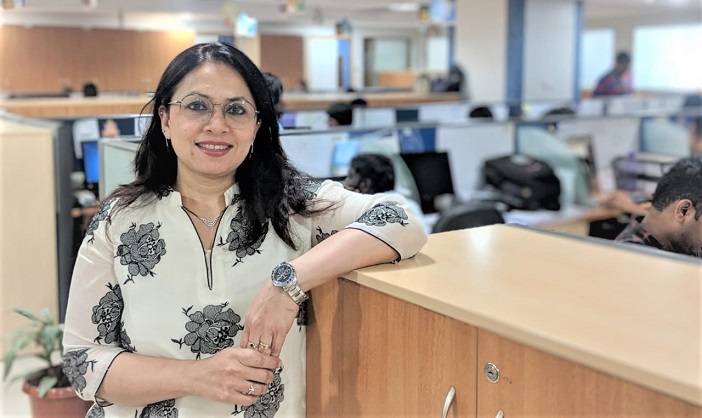 Use of WhatsApp in Digital learning
Use of WhatsApp in Digital learning
Manufacturing Plant learners, apprentices, DDUGKY students, etc. are all back to their homes, due to the prevailing situation of lockdown. Therefore, we have shifted the training to a virtual platform. However, we do not conduct virtual classes every day. Rather, we divide the learning process into two or three segments. It is a combination of a virtual class, assignments, and self-study.
Only once or twice a week a virtual class will be arranged; rest of the days the faculty and trainers are available to the students on their WhatsApp groups. The virtual class that we conduct does not exceed an hour. Anything beyond one hour will have issues with the bandwidth and also affects the student’s attention span.
Initially, our apprentices went virtual through WhatsApp. Because many of them did not have sufficient bandwidth and in most cases did not possess any laptop or computers. So, WhatsApp was something that could be used on their phones and comparatively with feasible bandwidth.
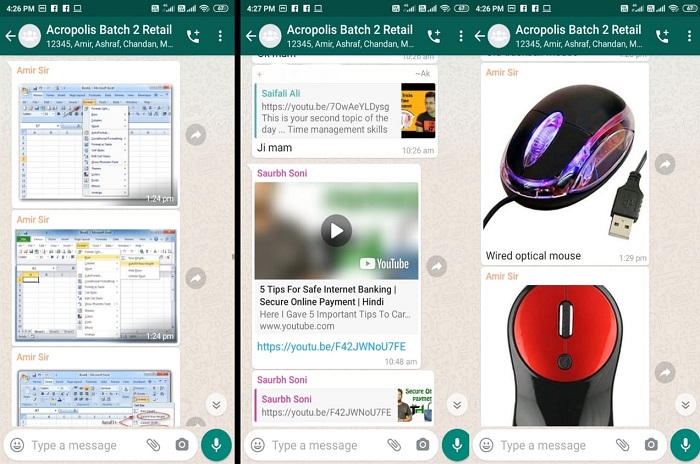 Adoption of changing models of learning
Adoption of changing models of learning
UGC has recently recommended 10 online sites where students can pursue courses. However, these are only government portals. But there are many other EdTech companies that offer virtual platforms to continue learning.
In India, we need many universities and educational institutions must be allowed to offer online degrees and work-integrated courses. Because work-integrated learning is becoming more and more an efficient form of learning.
Over a period, even the regulators will open up to the adoptive technology as a model of learning. And EdTech companies will have pressure on them to come up with platforms that are more user-friendly and cost-effective. All this depends on the user-demand, just like how the e-commerce sites propped up due to demand.
Related Article: TeamLease Skills University (TLSU) blazes a trail with future-ready courses for many jobs – Read More: https://nationalskillsnetwork.in/teamlease-skill-university-tlsu/
Our Finance Minister had mentioned about degree linked apprentices in her budget speech. It is a wonderful concept and we have been doing that for about five years now. But now many more educational institutions will recognise this of learning, where apprentices get a stipend and more like a student gets a degree almost at free of cost.
Nevertheless, India will take a very long time to be able to adopt 100% online learning. And it will also depend on the type of course. However, a successful model of learning is something that is a blend of:
- On-the-job training
- Online learning
- On-site/ on-campus exposure
Way forward…
Today, universities with physical campuses are restricted to where they are located. But India has many cities and towns which do not have decent education facilities. If we are able to take this model of online and virtual learning to many more places and accept it as a new form of learning, we will have many learners under the university framework.
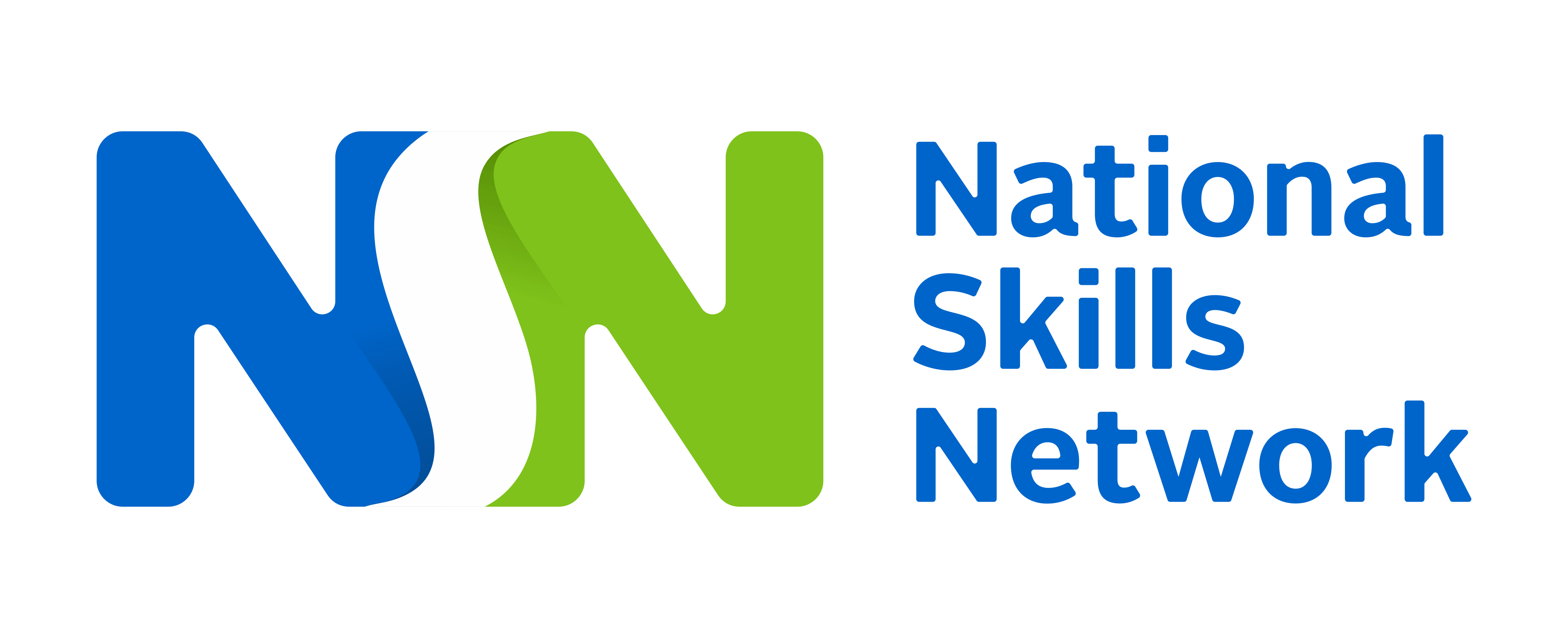





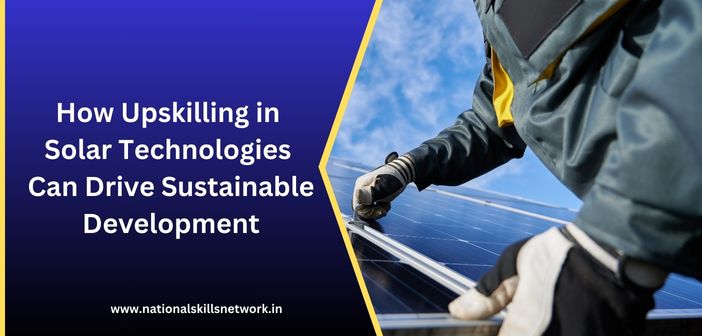
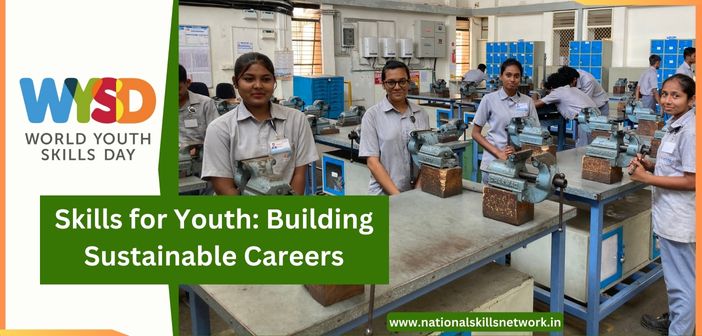
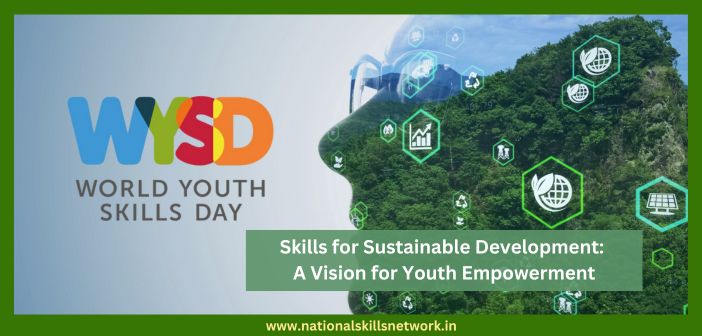
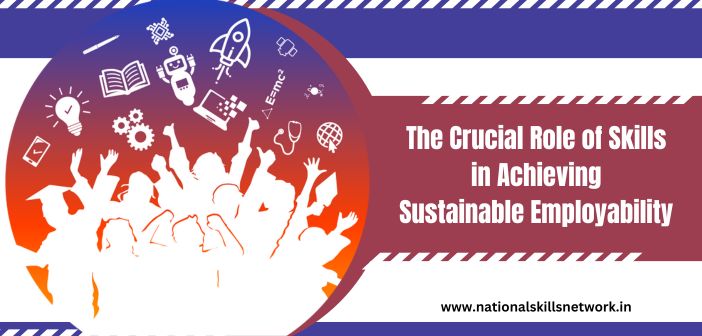
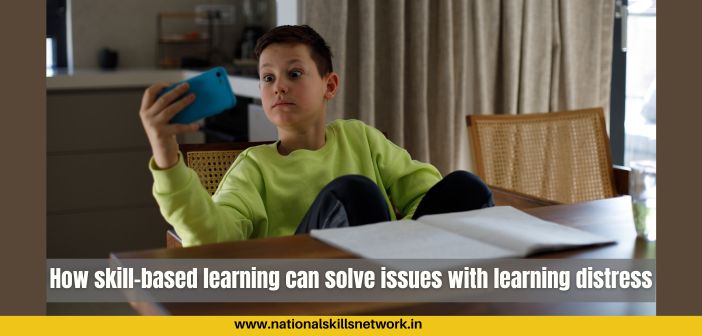
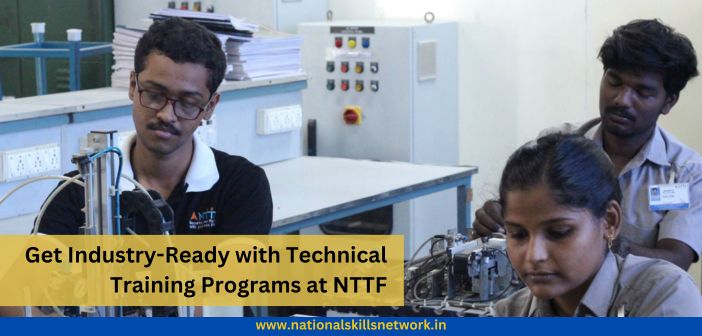

Comments 1